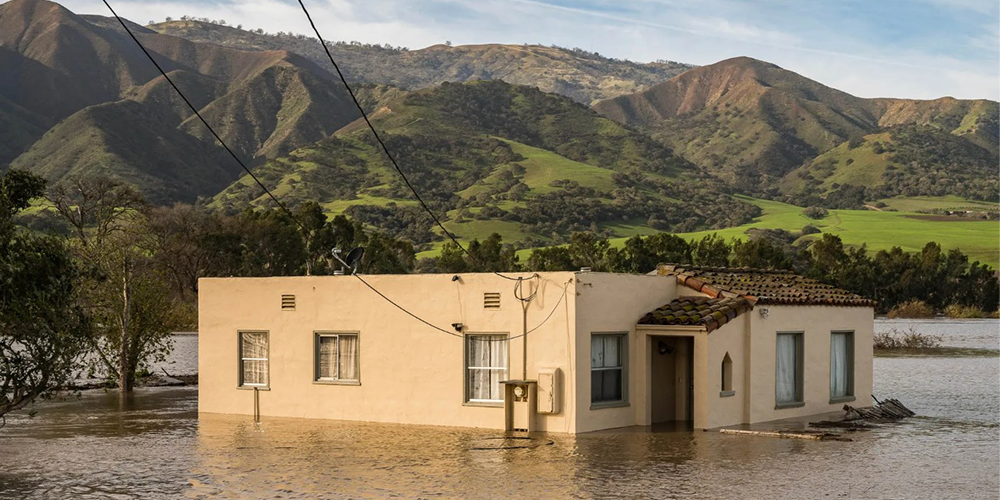Mountain torrents, often referred to as flash floods or flash floods in mountainous regions, are sudden and violent floods that occur in mountainous areas due to heavy rainfall, rapid snowmelt, or a combination of both. These torrents can pose significant dangers to both people and infrastructure in mountainous regions.

Factors contributing to the formation of mountain torrents
1. Terrain: The steep slopes and narrow valleys common in mountainous regions accelerate the flow of water during heavy rain or snowmelt, increasing the risk of flash flooding.
2. Weather Conditions: Intense rainfall, thunderstorms, or rapid snowmelt can trigger mountain torrents. In some cases, a sudden warming trend can lead to rapid snowmelt, overwhelming rivers and streams.
3. Vegetation and Soil Conditions: Deforestation or soil erosion can exacerbate the risk of flash flooding in mountainous areas by reducing the ability of vegetation and soil to absorb and retain water.
4. Geological Features: Natural features such as rockslides, debris flows, or glacial outbursts can also contribute to the formation of mountain torrents.
Mountain torrents can have devastating effects on communities, causing loss of life, destruction of property, and disruption of transportation and communication networks. They can also lead to landslides, mudflows, and other secondary hazards.
Efforts to mitigate the impacts of mountain torrents include early warning systems, improved land-use planning, vegetation management, and the construction of flood control infrastructure such as levees, dams, and retention ponds. However, the unpredictable and rapidly changing nature of mountain torrents makes them a challenging natural hazard to manage effectively.
Steps to follow when facing a mountain torrent
Encountering mountain torrents or flash floods can be extremely dangerous, and it's crucial to take immediate action to ensure your safety.
1. Stay Informed:
Keep yourself updated with weather forecasts and any warnings issued by local authorities. Pay attention to signs of heavy rainfall or rapid snowmelt in mountainous areas.
2. Evacuate to Higher Ground:
If you are in a low-lying area or near a river or stream, move to higher ground immediately. Flash floods can occur very rapidly, and it's essential to get to safety as quickly as possible.
3. Avoid Walking or Driving through Floodwaters:
Even shallow water can be powerful enough to sweep you off your feet or carry away vehicles. Do not attempt to cross flooded roads or bridges on foot or by vehicle.
4. Seek Shelter:
If you cannot evacuate to higher ground, seek shelter in a sturdy building on higher ground. Avoid areas prone to landslides, rockfalls, or debris flows.
5. Stay Away from Riverbanks and Streams:
Do not approach riverbanks or streams during a flash flood. They can quickly overflow their banks and become fast-moving torrents of water.
6. Listen to Authorities:
Follow instructions from emergency responders and local authorities. If they advise you to evacuate, do so immediately.
7. Be Prepared to Act Quickly:
Flash floods can occur with little warning, so be prepared to take action quickly if necessary.
8. Do Not Wait:
If you suspect that a flash flood is imminent, do not wait for official warnings. Take proactive measures to protect yourself and your loved ones.
9. Use Extreme Caution After the Flood:
Even after the floodwaters recede, be cautious when returning to affected areas. Roads and bridges may be damaged, and there may be hazards such as debris or contaminated water.
10. Report Emergencies:
If you or someone else is in danger, call emergency services immediately and provide your location and details of the situation.
Remember that the most important priority during a mountain torrent or flash flood is your safety. Take swift and decisive action to protect yourself and your loved ones.
Post time: Mar-11-2024
 +86-13376814803
+86-13376814803  robert@hzhongtai.com
robert@hzhongtai.com 











